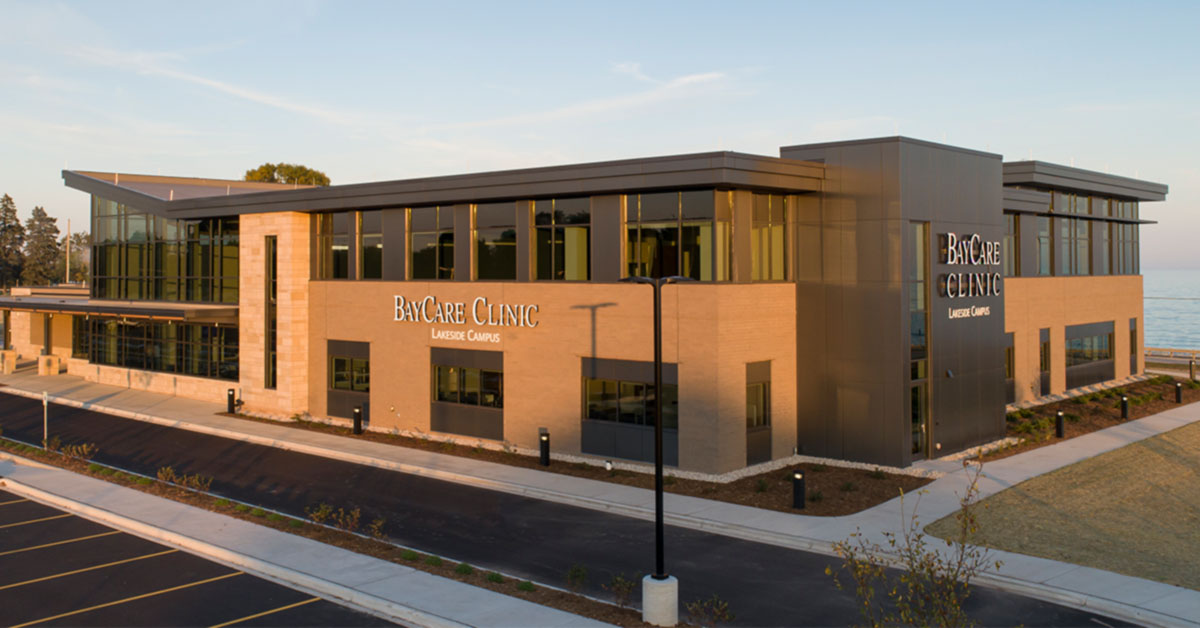Hip Replacement
Orthopedics & Sports Medicine
Total hip replacement surgery can be effective to treat causes of chronic hip pain
Hip pain is often caused by osteoarthritis, the result of gradual, continuous wear on the joint. Osteoarthritis is gradual loss of cartilage over time. Osteoarthritis ultimately is cured by total hip replacement. Total hip replacement surgery can relieve pain and restore function in hips damaged by osteoarthritis.
Our goal is to create individualized care plans to reduce pain, improve mobility, reduce the likelihood of further injury and return people to their normal activities as quickly and safely as possible.
What does total hip replacement surgery involve?
During total hip replacement surgery, an orthopedic surgeon removes damaged cartilage and bone from the hip joint and replaces it with an artificial joint.

What is the artificial joint made of?
An artificial hip joint includes a ball-and-socket component. A common implant is composed of a titanium ball with a polyethylene socket liner coated in Vitamin E. There are other types of implants. Implants used in total hip replacement surgery are designed to resist corrosion, degradation and wear.
What is anterior total hip replacement surgery?
In anterior total hip replacement surgery, an orthopedic surgeon reaches the hip joint from the front, or anterior, of the hip, rather than from the posterior, or the back of the hip. In this technique, the gluteal, or butt, muscles are not cut, which makes healing time shorter and reduces post-operative pain. It is considered a minimally invasive procedure, specifically when compared to a posterior hip replacement.
The recovery after anterior total hip replacement surgery does not require any of the restrictions that are required with posterior total hip replacement surgery.
Those who have anterior total hip replacement surgery often report minimal pain and usually can go home on the day of surgery or the next day. They often can immediately bend their hip freely and put full weight on it, typically with use of an assistive walking device for a short period of time after surgery.
Who can have anterior total hip replacement surgery?
A surgeon determines candidates for anterior total hip replacement surgery by evaluating their body structure, bone quality, age and X-ray findings.







